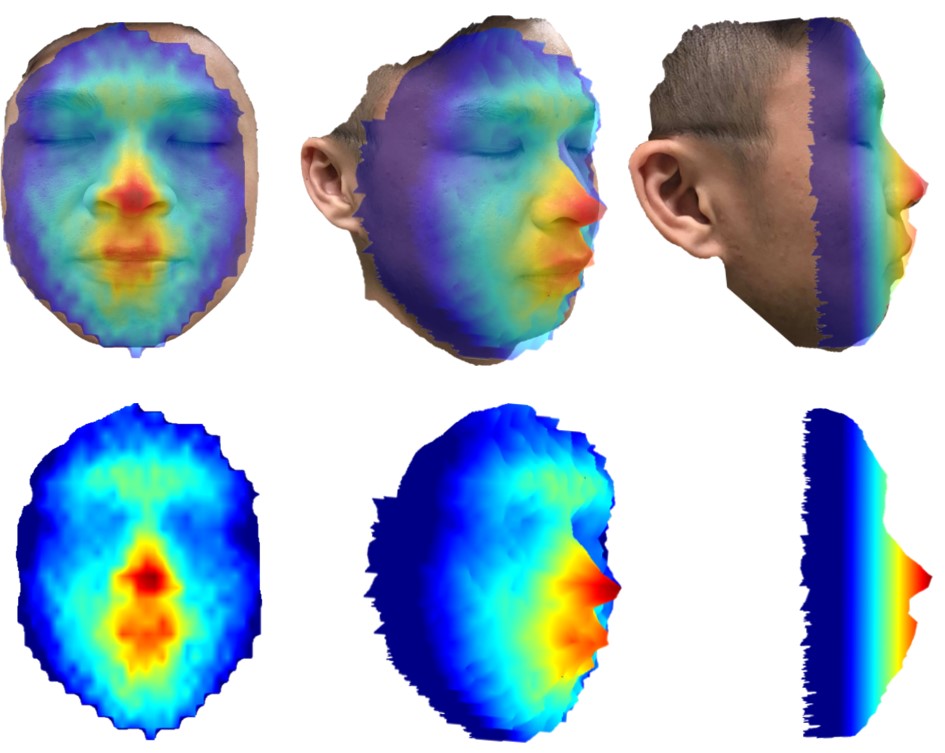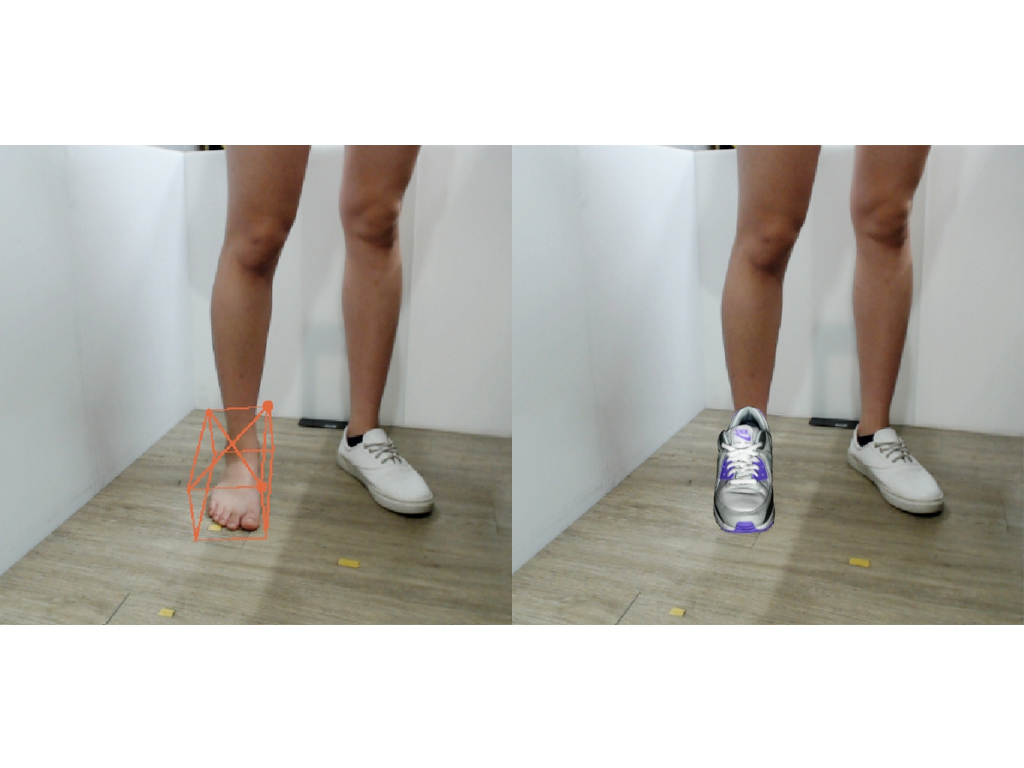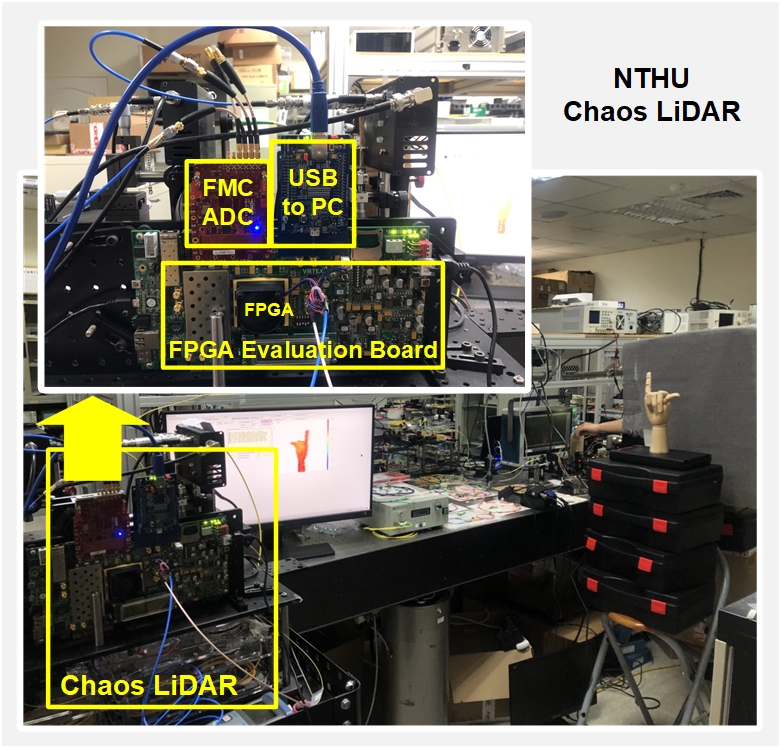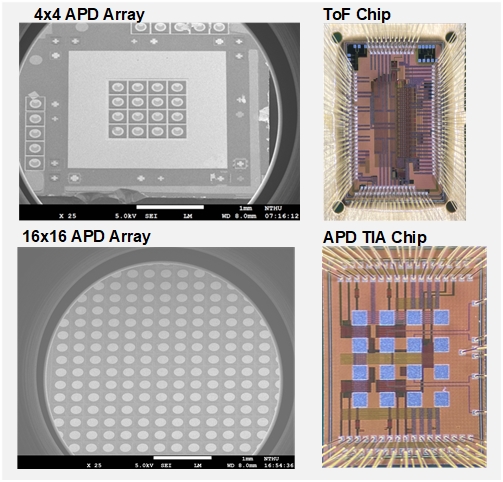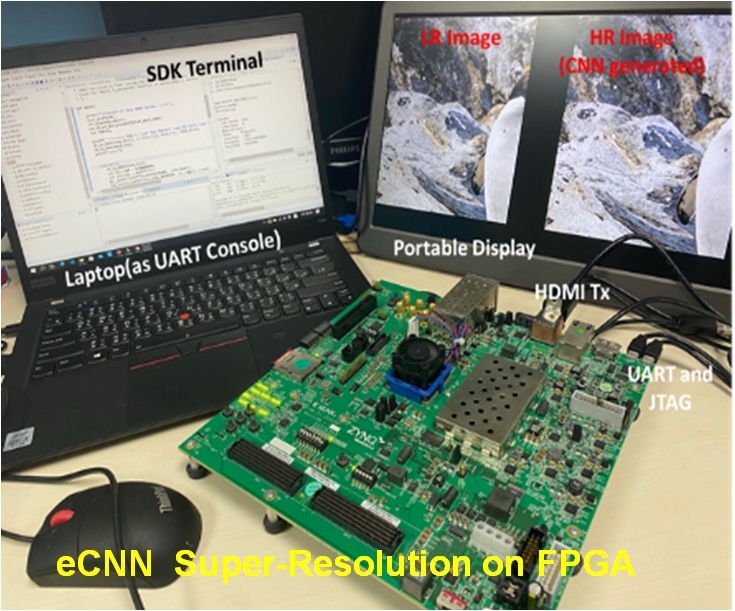| Technical Name | 陣列感測光達之智慧三維感測影像處理系統 | ||
|---|---|---|---|
| Project Operator | National Tsing Hua University | ||
| Project Host | 黃元豪 | ||
| Summary | Artificial intelligence 3D sensing image processing system based on array sensing Lidar aims to construct 3D image with high-quality immersion for AR/VR. The developed 3D scene recording system is based on the color camerahigh-accuracy chaotic LiDAR. The chaotic Lidar with APD arrayTOF sensors supports millimeter-accuracyinterference-avoiding capability within 100 meter in both indooroutdoor environments. High-performance embedded CNN processor supports high-throughput, high energy-efficient,low DRAM bandwidth computations for various image AI applications. |
||
| Technical Film | |||
| Scientific Breakthrough | The 3D image recording system adopts Chaotic LiDAR to capture high-accuracy depth image with 1550nm eye-safe APD arrayToF circuits. By including RGB camera, new calibration/alignmentAI-based super-resolution techniques can increase spatial resolution of depth imageconstruct 3D image. Compared to the advanced Intel RealSense L515, the proposed system achieves higher accuracy (1cm@20m vs 1.55cm@9m)angular resolution (0.0125°x0.0125° vs 0.073°x0.071°) in both indoor/outdoor environments with an efficient eCNN core (7TOPS/W) for various image/video AI processing applications. |
||
| Industrial Applicability | The proposed 3D image recording system can be applied to AR/VR real scene recording, healthsport technology, security, cyber physical system, etc. The Chaotic LiDAR can be also applied to vehicular sensing3D scanning products. Besides the APD array devices can be applied to optical-to-electrical converters in optical communicationsvarious LiDAR systems. The proposed edge-computing eCNN processor can be applied to TV set with AI image processing acceleration functions such as super-resolution, image denoising,style transformation, operating at 4K UHD 30fps specification. |
||
| Matching Needs | 天使投資人、策略合作夥伴 |
||
| Keyword | Chaotic LiDAR Avalanche Photo Detector Time-of-Flight Detector 3D Point Cloud Augmented Reality Virtual Reality 3D Image Modeling Convolutional Neural Network Processor Artificial Intelligence Processor, Computer Vision | ||
- jmwang@mx.nthu.edu.tw
other people also saw

